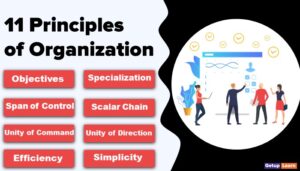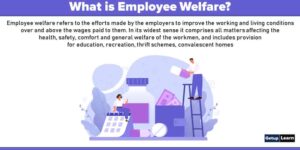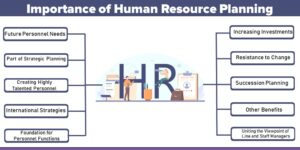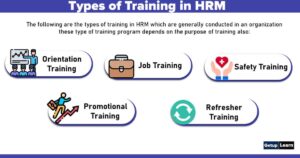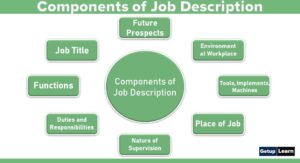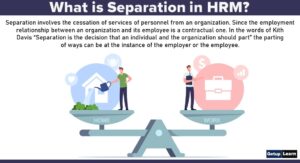Table of Contents
What are Fringe Benefits?
Fringe benefits refer to various extra benefits provided to the employees, in addition to the compensation paid in the form of wage or salary. These benefits can be defined as any wage cost not directly connected with the employees’ productive effort, performance, service, or sacrifice. It is also defined as those benefits which are provided by an employer to or for the benefit of an employee and which are not in the form of wages, salaries, and time-related payments.

Fringe benefits are those monetary and non-monetary benefits that are given to the employees during and post-employment periods and are connected with employment but not with the employee’s contribution to the organization. As indicated earlier, “fringe” (Le., minor or short) is a misnomer nowadays. In the past, employee benefits and services were an exception in some organizations, and they were small in number and volume.
However, now they make up such a large part of the total compensation package that the term “fringe” is no longer appropriate. However, the term “supplementary benefits” is still commonly used to refer to this aspect of employee compensation. Thus, it may be noted that “fringe” as the term is commonly used for them.
In fact, benefits have become something other than the once thought of “fringe”. Employees expect certain extras to be the ‘norm’ rather than the ‘exception’. Careful of these requirements and the competition from other employers, management has to develop cost-effective methods to offer these benefits.
Definition of Fringe Benefits
These are some simple definitions of fringe benefits explained below:
[su_quote cite=”Gary Dessler”]Fringe benefits are indirect financial and non-financial payments employees receive for continuing their employment with the company[/su_quote]
[su_quote cite=”Author”]The term, fringe benefits, refers to various extra benefits provided to the employees, in addition to the compensation paid in the form of wage or salary.[/su_quote]
[su_quote cite=”investopedia“]Fringe benefits are additions to compensation that companies give their employees. Some fringe benefits are given universally to all employees of a company while others may be offered only to those at executive levels. Some benefits are awarded to compensate employees for costs related to their work while others are geared to general job satisfaction.[/su_quote]
Need for Fringe Benefits
The following are needed for fringe benefits:
- To Satisfy Employee Demands
- To Satisfy Trade Union Demands
- To Improve Human Relations
- To Improve Organizational Commitment
- To Provide Social Security
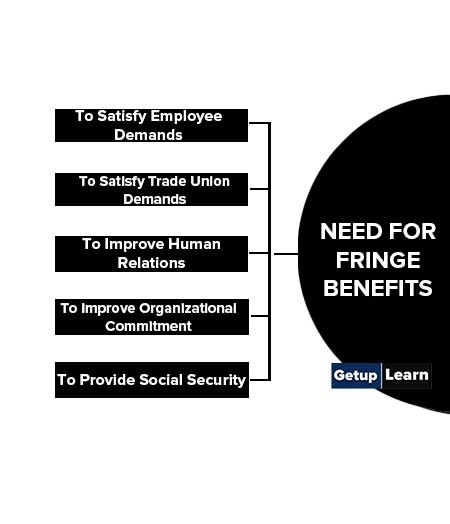
To Satisfy Employee Demands
Workers demand more and a variety of fringe benefits rather than pay hikes because of a reduction in the tax burden on the part of employees.
To Satisfy Trade Union Demands
If one trade union succeeds in getting one benefit, the other union persuades management to provide the new fringe benefit. Thus, competition among the trade union results in more varied benefits.
To Improve Human Relations
Fringe benefits satisfy the worker’s economic, social and psychological needs. Most of the fringe benefits satisfy and remove the economic problems of the workers. Some social security benefits provide post-retirement relief to the workers, thus satisfying their psychological needs. There are others like credit facilities, canteen, recreational facilities, and customer stores which provide social benefits.
To Improve Organizational Commitment
It improves morale and motivates the employees to give the best to the organisation. It increases organizational commitment and loyalty to the organization in the long run.
The employer has to provide various benefits like safety measures, compensation in case of involvement of workers in accidents, medical facilities etc. with a view to providing security to his employees against various contingencies.
Objectives of Fringe Benefits
The main purpose of Fringe benefits is to demonstrate the commitment of the organization to the general welfare of the employees. The following are the other objectives of fringe benefits:
- Fringe benefits enhance the ability of the organization to attract the best employees as they create goodwill for the organization in the labor market.
- As they are a non-taxable form of earning for the employee they ensure that the employees get the real value of the compensation which is due to them.
- Fringe benefits are considered as an effective technique to improve the morale and motivation of the employees. They limit employee dissatisfaction and facilitate better employee retention.
- It eliminates the envious and resentful feelings among the employees and improves the unity among the employees of the organization.
- They improve the industrial relations of the organization as they solve the irritants related to wage fixation.
- They make the employees believe that the organization really cares for them.
- As the fringe benefits are offered to all employees, the cost of such benefits would come down drastically.
Types of Fringe Benefits
The following are the types of fringe benefits offered by the organization to their employees:
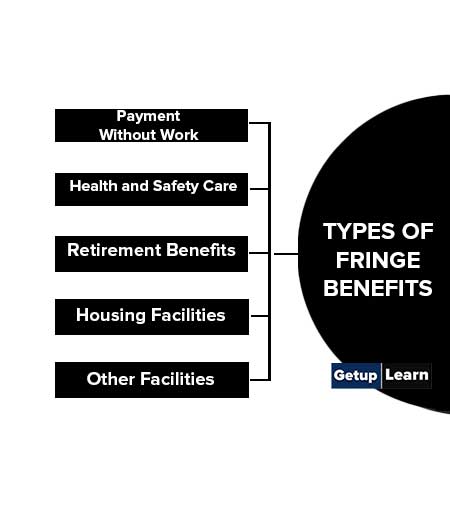
Payment Without Work
They refer to different kinds of leave facilities offered to the employees. This type of leave is offered to employees to take a rest and refresh themselves. This helps them to maintain the same level of productivity and interest in the job.
Among all the benefits that are available to the employees, this is one of the costliest incentives which are offered to them as, during the period of leave, the employees’ productivity is the lowest. The types of leave include casual leave, medical leave, earned leave, holidays, and vacations.
Health and Safety Care
In order to maintain the health of the employees, many organizations provide health and accident protection to their employees. It is perhaps one of the most expensive forms of fringe benefit as the organization has to maintain a fund at all times to maintain the health of the employees.
Retirement Benefits
These include benefits that are made available to the employees after their retirement from the organization. These benefits allow the employees to maintain decent and independent life after their retirement. Such benefits allow the employees to remain focused on their work and remain free from the worries of the future. These benefits which are offered may include gratuity and pension benefits.
Housing Facilities
It might be possible that the organization may provide the employees with housing facilities or housing rent allowance. The tax on such benefits has to be paid by the employer even if the benefit is not directly given by the employer.
Other Facilities
In addition to the above-mentioned benefits, the employees may provide other benefits such as educational facilities, canteen facilities, transport facilities, child care facilities, and relocation benefits. Recently, ac- cording to the requirement of the employee, customized fringe benefits is offered by the organization to their employees.
Benefits of Fringe Benefits to Employees
Following are the benefits of fringe benefits to employees:
- Rising prices and cost of living have brought about incessant demand for the provision of extra benefits to the employees.
- Employers too have found that fringe benefits present attractive areas of negotiation when large wage and salary increases are not feasible.
- As organizations have developed or elaborated fringe benefits programs for their employees, greater pressure has been placed upon competing organizations to match these benefits in order to attract, and keep employees.
- Recognition that fringe benefits are non-taxable rewards has been a major stimulus to their expansion.
- Rapid industrialization, increasingly heavy urbanization, and the growth of a capitalistic economy has made it difficult for most employees to protect themselves against the adverse impact of these developments. Since it was workers who were responsible for production, it was held that employers should accept responsibility for meeting some of the needs of their employees. As a result, some benefits and services programs were adopted by employers.
- The growing volume of labor legislation, particularly social security legislation, made it imperative for employers to share equally with their employees the cost of old age, survivor, and disability benefits.
- The growth and strength of trade unions have substantially influenced the growth of company benefits and services.
- Labor scarcity and competition for qualified personnel have led to the initiation, evolution and implementation of a number of compensation plans.
- The management has increasingly realized its responsibility towards its employees and has come to the conclusion that the benefits of the increase in productivity resulting from increasing industrialization should go, at least partly, to the employees who are responsible for it, so that they may be protected against the insecurity arising from unemployment, sickness, injury and old age.
Company benefits-and-services programs are among some of the mechanisms that managers use to supply this security.
What are fringe benefits and their types?
Fringe benefits are those monetary and non-monetary benefits that are given to the employees during and post-employment periods and are connected with employment but not with the employee’s contribution to the organization. Types: Payment Without Work, Health and Safety Care, Retirement Benefits, Housing Facilities, etc.
What is the need for fringe benefits?
The following are needed for fringe benefits: To Satisfy Employee Demands, To Satisfy Trade Union Demands, To Improve Human Relations, TO Improve Organizational Commitment, To Provide Social Security, etc.
What are the types of fringe benefits?
The types of fringe benefits are offered by the organization to their employees:
1. Payment Without Work
2. Health and Safety Care
3. Retirement Benefits
4. Housing Facilities
5. Other Facilities etc.

